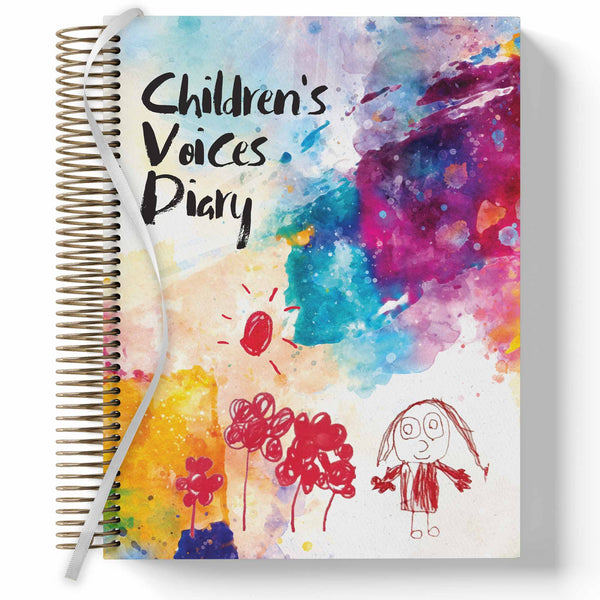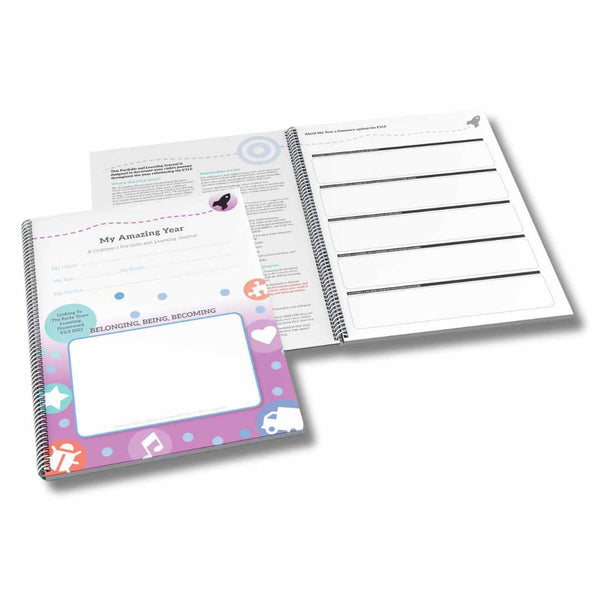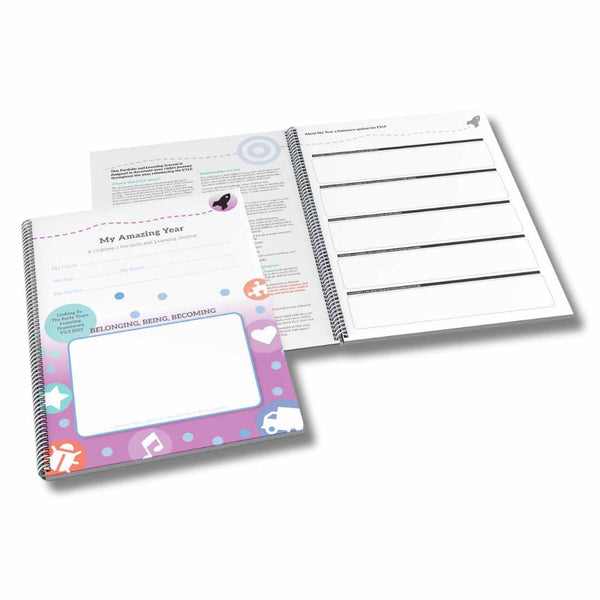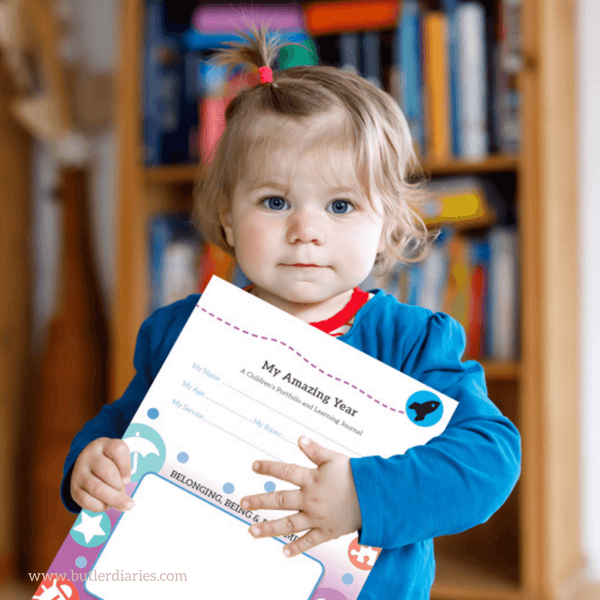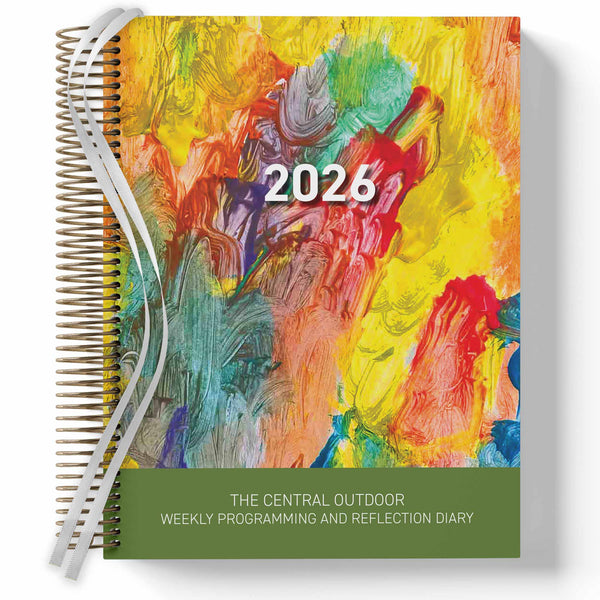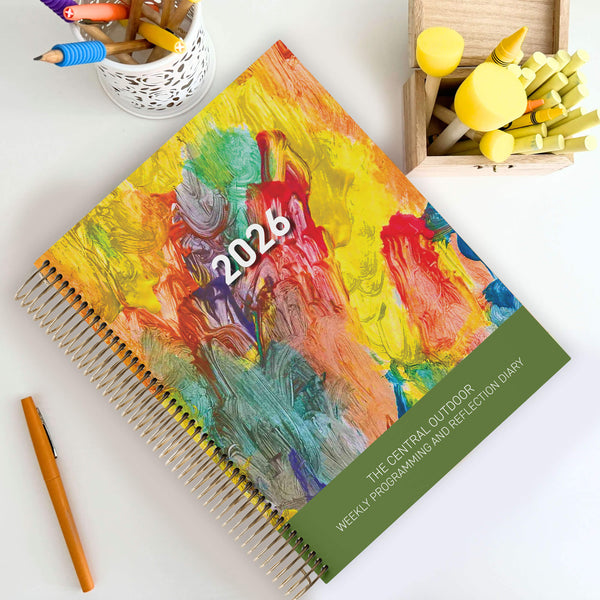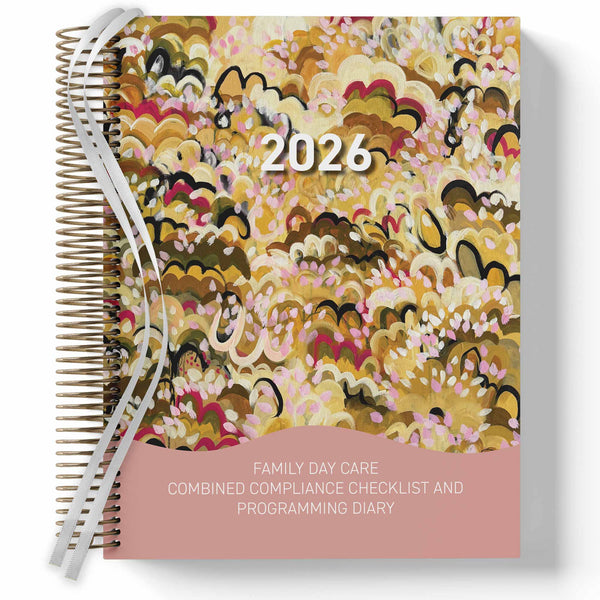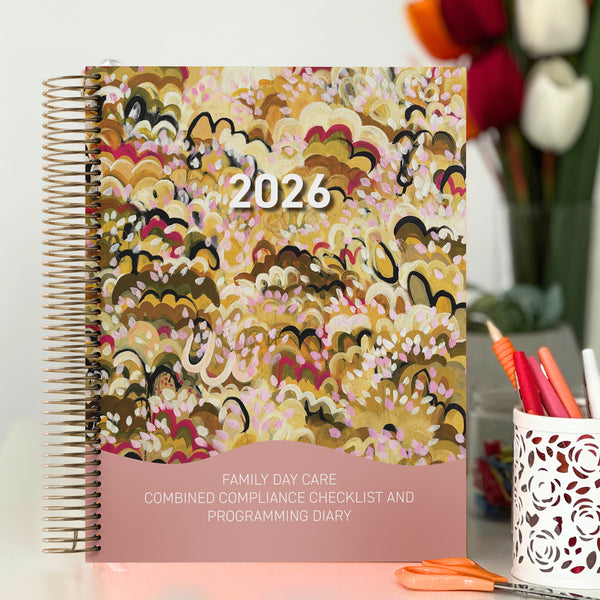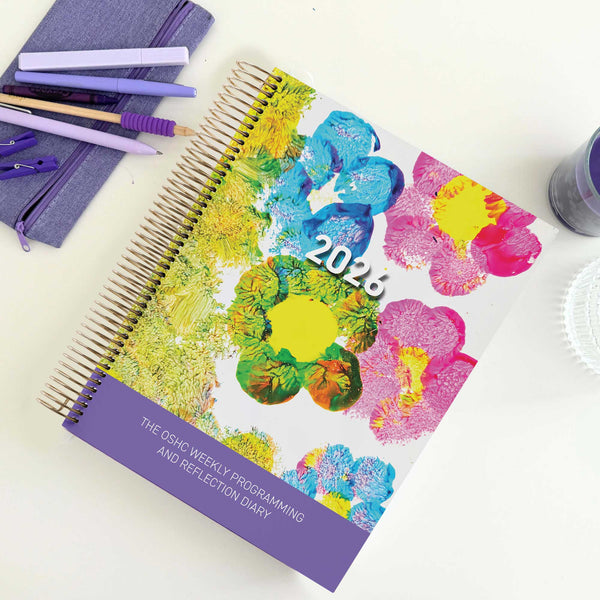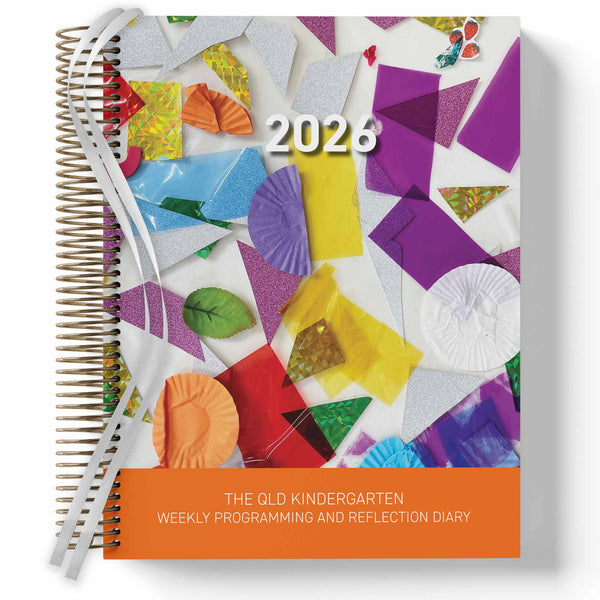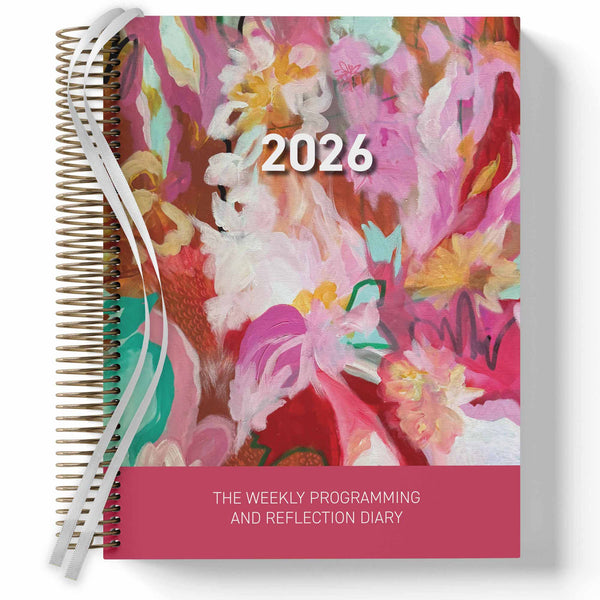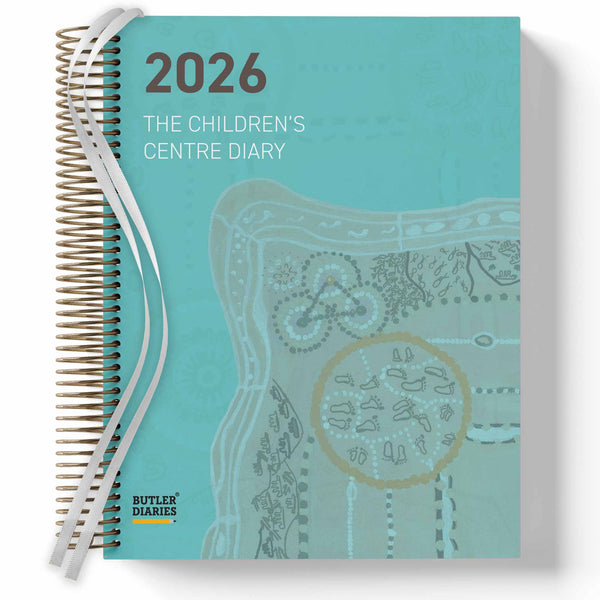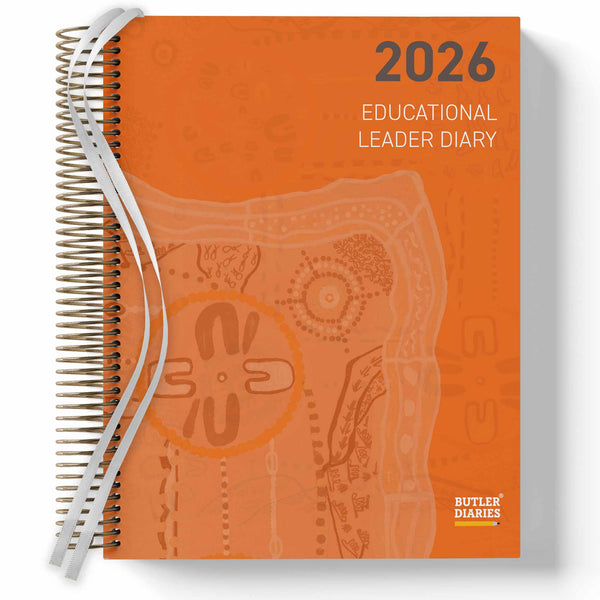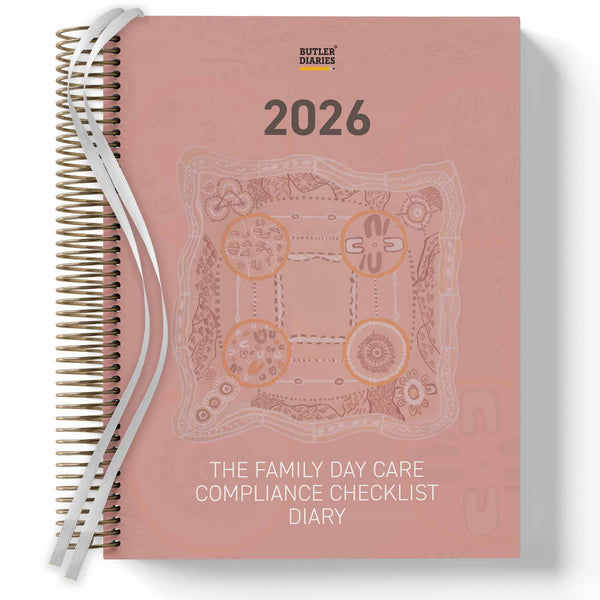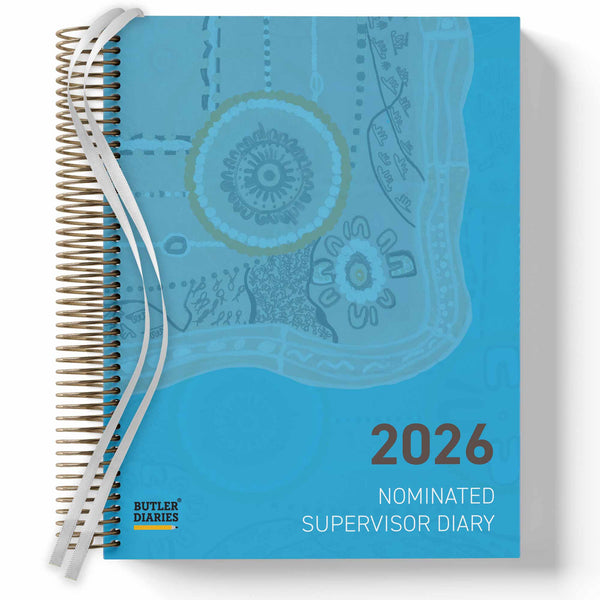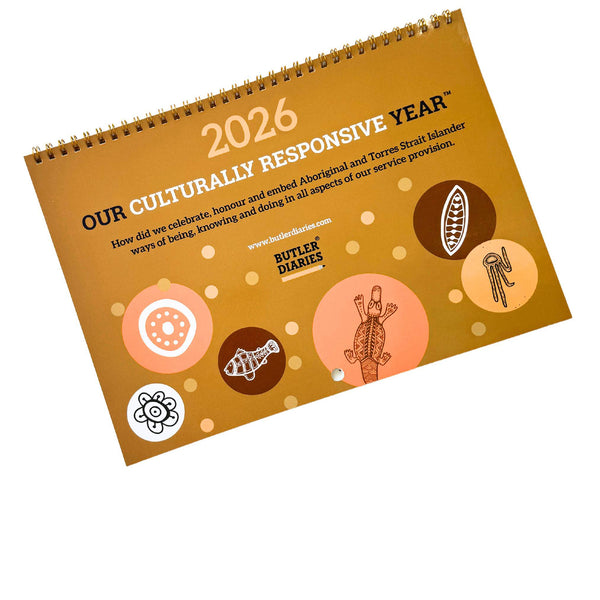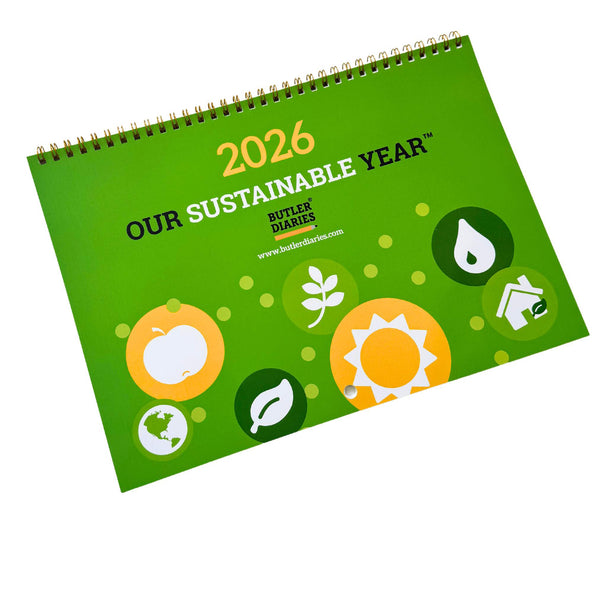Understanding and documenting developmental milestones and children’s interests is fundamental to high-quality Early Childhood Education and Care (ECEC). These records not only inform intentional teaching and individualised planning, but also support compliance with the EYLF V2.0, NQS, and help families stay engaged with their child’s learning journey.
In this article, we explore why documenting both developmental progress and interests matters, and share practical, real-world strategies for collecting and recording this vital information.
Why Document Developmental Milestones and Interests?
Developmental milestones provide benchmarks for a child’s growth across key domains—physical, social, emotional, cognitive, and language. Tracking these supports early identification of needs and ensures programming is tailored and responsive.
Children’s interests, on the other hand, serve as entry points for engagement. When educators document and reflect on these, they can create meaningful learning experiences that foster deeper connections and intrinsic motivation.
Together, these insights shape a holistic view of each child and form a strong foundation for responsive, strength-based planning.
Ways to Collect Information
Here are effective and simple ways to gather developmental and interest-based information:
1. Observations
-
Anecdotal records: Capture brief, factual accounts of what a child does or says during play or routines.
-
Learning stories: Rich narratives that highlight developmental learning and often include children's voices.
-
Time samples or checklists: Useful for tracking skills like fine motor or social interactions across the day. Keep in mind as children's learning is unique, checklists can end up creating a distorted view of the child. Use these with critical reflection and do not rely on them without other sources of information.
You can record these observations in your Weekly Programming and Reflection Diary, Individual Observation Book, or Notebook.
2. Children’s Voice
-
Use tools like the Children’s Voices Diary to document how children express their likes, dislikes, questions, and curiosities.
-
Conduct one-on-one conversations or group discussions (e.g., morning meetings or yarning circles).
-
Offer visual prompts or story dice to encourage children to share ideas.
3. Family Input
-
Send home simple interest questionnaires or share regular “What we noticed” reflections via your communication platforms.
-
Invite families to contribute to portfolios or journals with photos and notes.
4. Work Samples and Creations
-
Photographs of block structures, art, or dramatic play setups can offer insight into both developmental progression and evolving interests.
-
Collect and annotate samples in the My Amazing Year Learning Journal to reflect each child’s voice and growth.
Practical Ways to Document It
Documentation doesn’t need to be complicated or time-consuming. Here’s how you can streamline the process across different platforms and tools:
🗓️ Weekly Programming and Reflection Diary
-
Use the Observations/Spontaneous Experiences space to note developmental milestones in context.
-
Capture emerging interests as they appear during play—note these under Children’s Input, then feed them into Future Planning or Intentional Teaching Ideas.
📘 Individual Observation Duplicate Books
-
Use these for quick snapshots of development or interest—duplicate pages allow one copy to be filed and one to go home to families.
-
Ideal for formal observations that contribute to child profiles or learning goals.
📒 Learning Journals or Portfolios
-
Compile long-term documentation, showcasing a narrative of development and interests over time.
-
Use photos, quotes, annotated samples, and parent comments.
🧠 Critical Reflections
-
In the “Learning Data/Jottings” section of your programming diary, reflect on what developmental patterns or interests you are noticing.
-
Ask: Are there common interests across the group? Has a child recently shown growth in a key area?
Tips for Meaningful Documentation
-
Be intentional: Link documentation back to EYLF V2.0 Learning Outcomes and Principles.
-
Keep it authentic: Use the child’s voice where possible and avoid overediting observations.
-
Make it visible: Display evolving interest webs or milestone charts in your planning area.
-
Collaborate: Involve co-educators and families to ensure a complete picture of the child’s development and interests.
Final Thought
Documenting both developmental milestones and children’s interests isn't just a compliance task—it’s a tool for connection, planning, and truly knowing the children in your care. With the right strategies and documentation tools, such as those offered in the Butler Diaries range, educators can make this process both effective and sustainable.








